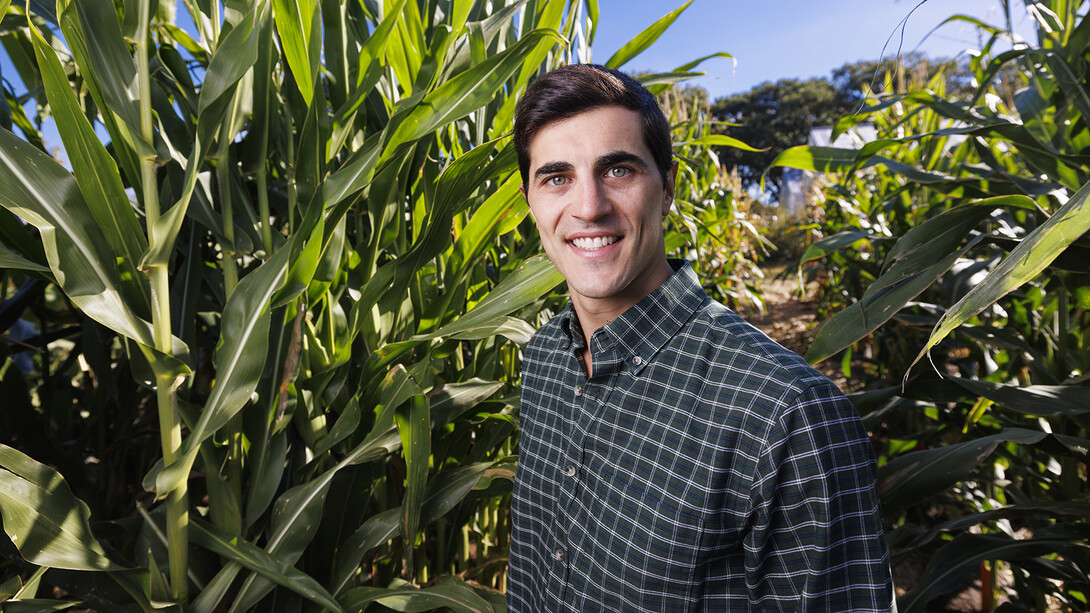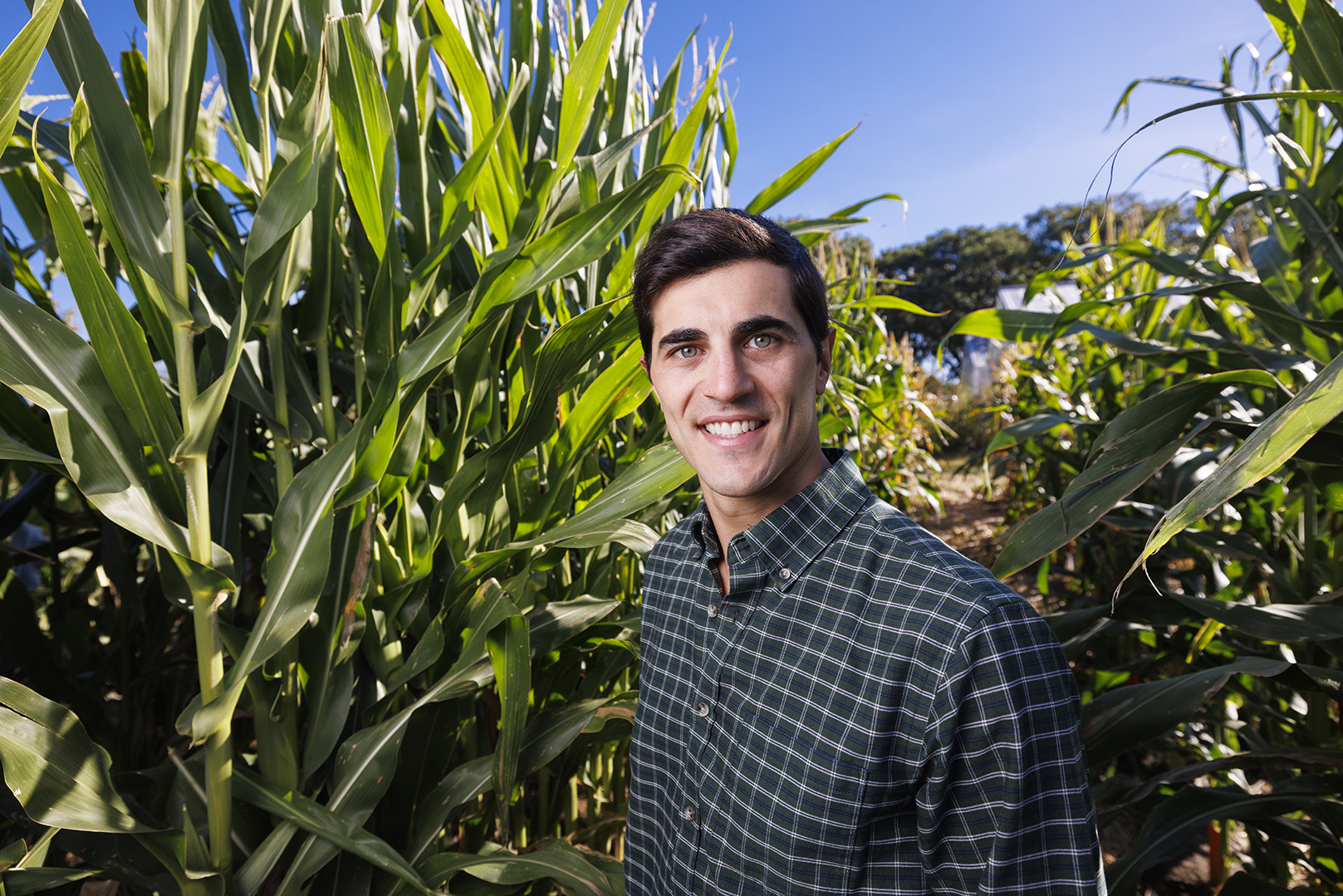
Deficiencies in potassium, an essential nutrient for plants, may be hampering many cropping systems around the world.
The University of Nebraska–Lincoln and the International Fertilizer Association have therefore begun a joint initiative to fill in the knowledge gap about the extent and severity of potassium deficiency. The two-year project will compile and analyze a comprehensive inventory of global data on potassium for major crop systems around the world.
With that data and analysis in hand, countries will be better able to understand and address their potassium-related crop challenges, which remain poorly understood in many crop-growing regions. That progress can help advance the crop yields needed to meet the world’s growing food demand.
“This collaborative project will provide essential input to national agricultural research and extension programs on how to improve crop production through better nutrient management and fertilizer recommendation,” said Patricio Grassini, professor of agronomy and horticulture at Nebraska and one of the project’s principal investigators. “The project ultimately can bring benefits to a wide range of stakeholders, including farmers, researchers, policymakers and the agri-food sector.”
Walter Carciochi, a postdoctoral research associate in agronomy and horticulture at Nebraska, is coordinating the project’s outreach to a wide range of leading researchers in multiple countries to compile the needed data.
“The current project will use a variety of methods to diagnose potassium deficiencies, including on-farm nutrient balances, soil and plant analyses, and potassium omission trials,” Carciochi said. “Initially, the project will focus on main cropping systems in South and North America, South Asia, East Asia, Southeast Asia and sub-Saharan Africa. We suspect that we will find potassium to be limiting to crop yield and quality in many of these regions.”

Grassini said: “It does not happen every day that a wide range of researchers from the public and private sectors collaborate under the umbrella of a global project.”
As the data are assembled in a consistent format, Grassini said, one possibility is development of a “traffic light” guidance strategy, indicating the general level of potassium deficiency for individual countries or regions. Red would indicate the highest level of potassium concern; yellow, a lesser level; and green, minimal concern.
“IFA is very excited to collaborate with the UNL team led by Dr. Grassini on this global assessment of potassium limitation,” said Achim Dobermann, chief scientist with IFA, co-principal lead of the project, and a former professor of soil science and nutrient management at Nebraska. “This initiative starts not only from our interest as agronomists to help increase crop yields globally, but also as an opportunity from the fertilizer industry to identify new markets for potassium.”
Over the long term, Dobermann is concerned that the depletion level could result in the soil no longer meeting the potassium required by crops, necessitating the addition of fertilizers containing this essential nutrient. The research project is supported by seven major fertilizer companies: Nutrien, Mosaic, K+S, ICL, Anglo American, BHP and Arab Potash.
Grassini said that “this collaboration provides the opportunity for a helicopter view of the whole situation on potassium limitation, and where it is important to prioritize our investments in R&D in both the public and private sectors to overcome this limitation.”
The project is in its initial stage, with researchers gathering information to build the database, Carciochi said.
“We plan to create a thematic database on potassium in crop production to store all the information collected throughout our project and make it available via the Crop Nutrient Data platform,” he said.
The researchers are inviting colleagues at other universities, research institutes, analytical labs and companies to collaborate with the initiative by sharing any potassium-related data they may have — including farmer data, fertilizer trials, and soil and plant analyses.
“By putting all the data together, we will be able to determine if and when potassium is becoming the next barrier to increase crop yields,” Carciochi said.









